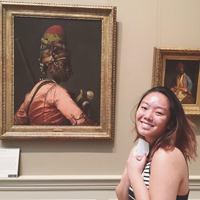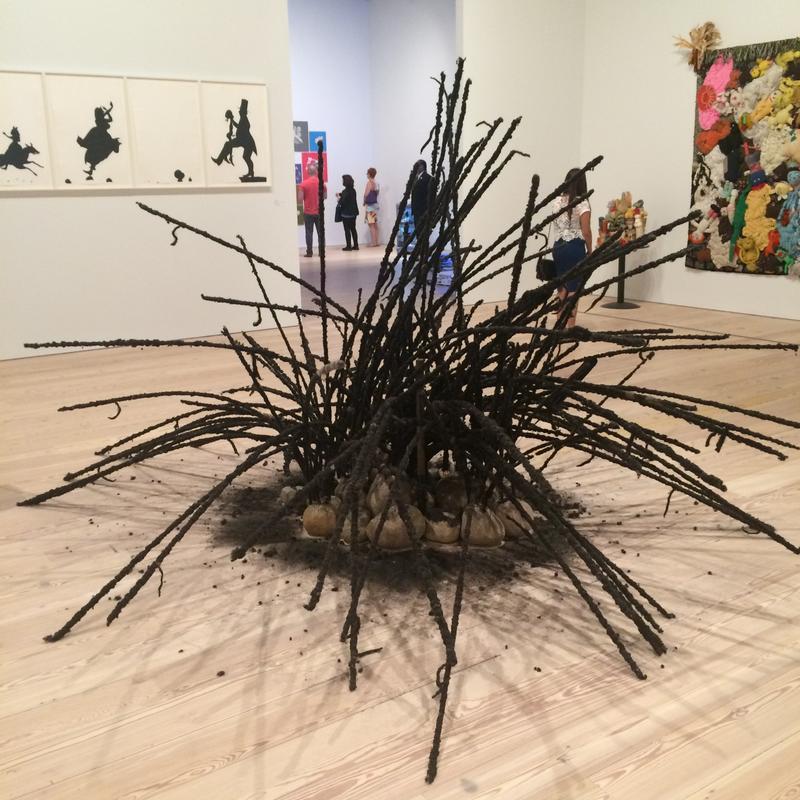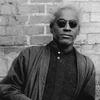More about Untitled

Contributor
David Hammons takes hair envy to a whole new level.
Hammons’ untitled sculpture incorporates human hair, wire, and stones to create a spider-like shape. And no, your kid could not have made this sculpture from the rocks in your background and the clumps of hair from your hairbrush, because Hammons is a genius. (Back in 1991, he was awarded a MacArthur “genius” grant.)
Hammon’s piece made its debut in 2011 at Mnuchin Gallery in New York City alongside a melting snowball and ruined fur coat. If the name Mnuchin sounds familiar, don’t worry. Donald Trump’s Treasury Secretary, Steven Mnuchin, is not the founder of the art gallery. His father, Robert Mnuchin, is. Ironically, Hammons has displayed in this upscale gallery on three separate occasions. Ironic, because his use of found materials is a rejection of elitism in art, as reflected upon by the inflated and increasing prices of art supplies and the predominantly white art market. Consequently, Hammons work engages with and invites those historically barred from participating in the art world.
By incorporating strands of African American hair from the floors of Harlem barbershops, Hammons meditates on the significant role of barbershops within the black community. The piece becomes a collaborative effort, involving hair from anonymous participants, and challenges the notion of the lone artist working independently in a studio (even Michelangelo had studio assistants!).
Simultaneously, Hammons redefines what it means to be a black artist, and expands the classifications of “black art” to limitless possibilities until the label eventually becomes obsolete. As the sculpture’s hairy stems extend from individual rocks, each stone becomes a faceless head with long locks of African American hair. When these large rocks are grouped together in the display, they emulate the shape of a spider – an unwelcome insect, a nuisance. Although Hammons has often declined explaining his art, this untitled sculpture can be understood as racial commentary on societal perceptions and stereotypes of black people, especially in America.
Sources
- Boucher, Brian. “11 Things You Should Know About David Hammons Ahead of His Mnuchin Gallery Show.” Artnet News, 2016. https://news.artnet.com/market/david-hammons-mnuchin-gallery-show-447974.
- Cotter, Holland. “David Hammons is Still Messing with What Art Means.” The New York Times, 2016. https://www.nytimes.com/2016/03/25/arts/design/david-hammons-is-still-m….
- Whitney Museum of American Art. “David Hammons Untitled 1992.” Whitney Museum Of American Art. Accessed 21 September 2017. http://collection.whitney.org/object/8275.
- Yau, John. “Why David Hammons Might Find it Necessary to be Elusive and Difficult,” Hyperallergic, 2016. https://hyperallergic.com/285634/why-david-hammons-might-find-it-necess….











